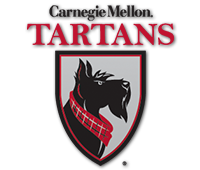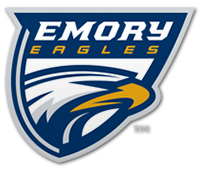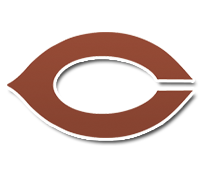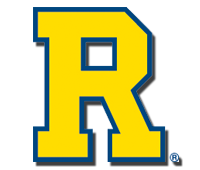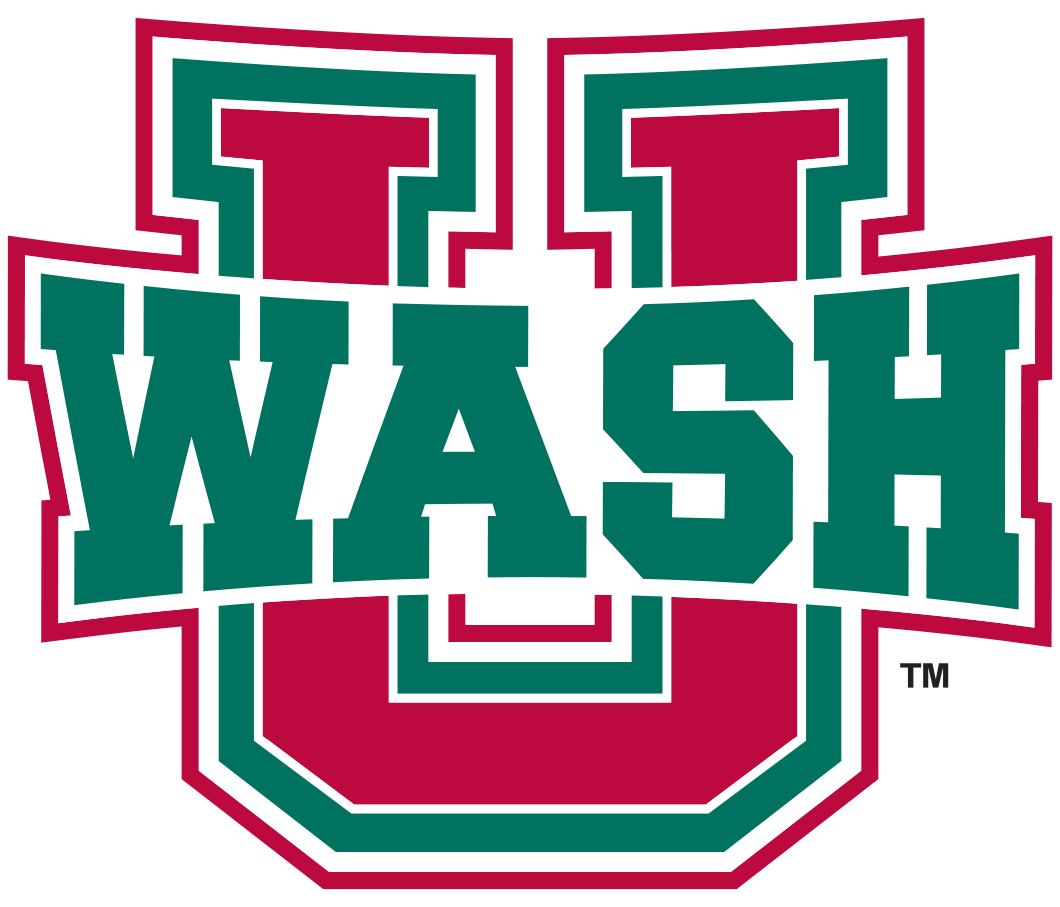UAA Sports Information Best Practices: Gender Identity
This is a working document sharing information and suggestions regarding gender identity and related issues in writing about student-athletes.
Gender Identity may involve a student-athlete who is transitioning from one gender to another, but is not limited to those who identify as transgender. It may also include student-athletes who are questioning and may later consider transitioning or choosing gender-neutral terminology.
A transgender student-athlete may prefer to be referred to as the opposite (in binary terms) gender regardless of what physical transitional stage he/she is in. Other transgender student-athletes may refer to themselves as transgender and prefer the opposite gender pronouns with no intention of physically transitioning in the near future, if at all.
Some people use non-binary terms as preferred pronouns and do not want to be referred to as male or female.
Identifying Our Student-Athletes
Two ways to identify student-athletes who may use a different personal pronoun from the he/she we use in a story:
- The student-athlete informs you;
- Communicating with your coaches.
As gender identity discussions become more prevalent, there may be a time when you may want to ask for “preferred pronouns” on preseason forms. That is something to work out with your own institution.
Writing About Transgender/Non-Binary Student-Athletes
The best way to identify a student-athlete who is transgender or who uses a non-binary gender identification in a story is to avoid the use of pronouns.
For example, using him/his for a softball student-athlete transitioning from female to male poses two related issues:
- Using a traditional male pronoun in a story about a women’s team may confuse the reader;
- You may then need to explain your use of the pronoun and thus bringing more attention to the student-athlete being transgender, which the student-athlete may or may not be comfortable with.
We always use first name and last name on first reference. For further references with transgender/non-binary student-athletes, use last name or position (e.g. “the junior outfielder”)
When talking about the student-athlete on social media, again avoid the use of pronouns. Instead of saying “Smith hit her third home run of the season,” say “Smith homered for the third time this season.”
Other Considerations
If you have a student-athlete who is transgender or uses a non-binary gender identification, please inform anyone who may be doing play-by-play/color commentary to avoid using pronouns (or use the student-athlete’s preferred pronoun).
It is important that we educate ourselves about gender identity to best serve and promote our student-athletes. This includes knowing the policies on your own campus regarding issues such as gender-neutral bathrooms.
Although where a transgender student-athlete can shower may not be a SID issue per se, the fact that your title is “Sports Information Director” means that you may very well get that question because your title gives some the assumption you are the go-to person for any informational question regarding athletics/student-athletes.
Preferred Pronouns
Many institutions have adopted the practice of staff and faculty members indicating their preferred gender pronouns on their electronic signature lines and/or on signs on their office door. Athletic departments might consider adopting this practice as a way to invite student-athletes to share their own preferred pronouns.
National Resources:
NCAA Inclusion of Transgender Student-Athletes:
https://www.ncaa.org/sites/default/files/Transgender_Handbook_2011_Final.pdf
Champions of Respect: Inclusion of LGBTQ Student-Athletes and Staff in NCAA Programs:
http://www.ncaapublications.com/productdownloads/CRLGBTQ.pdf
Vocabulary of Gender:
https://www.genderspectrum.org/images/stories/Resources/Family/A_Word_About_Words.pdf
Non-Binary Pronouns:
http://nonbinary.org/wiki/Pronouns
Department of Education Title IX Resource Guide:
https://www2.ed.gov/about/offices/list/ocr/docs/dcl-title-ix-coordinators-guide-201504.pdf
NIRSA: Leaders in Collegiate Recreation:
http://nirsa.net/nirsa/wp-content/uploads/here.pdf
UAA Institution LGBT Resources:
Brandeis: http://www.brandeis.edu/glbtq/
Carnegie Mellon: http://www.cmu.edu/student-affairs/lgbtq/
CWRU: http://case.edu/lgbt/
Emory: http://www.lgbt.emory.edu
Chicago: https://lgbtq.uchicago.edu
Rochester: http://www.rochester.edu/college/bic/lgbtq.html
Washington U: http://studentinvolvement.wustl.edu/Get-Involved/LGBT/Pages/default.aspx
UAA Institution Transgender Resources:
Brandeis: http://www.brandeis.edu/glbtq/transresources/index.html
Carnegie Mellon: http://www.cmu.edu/student-affairs/lgbtq/
CWRU: http://case.edu/lgbt/resources/transgender/
Emory: http://lgbt.emory.edu/trans/index.html
Chicago: https://lgbtq.uchicago.edu/trans
Rochester: https://www.rochester.edu/ucc/help/info/transgenderind.html
Rochester: http://www.rochester.edu/sba/resources/trans-uofr/
Washington U: https://studentinvolvement.wustl.edu/Get-Involved/LGBT/resources-and-support/Pages/Trans@WashU.aspx





